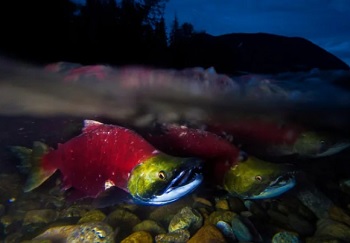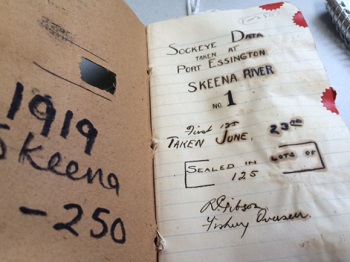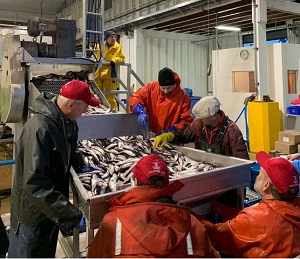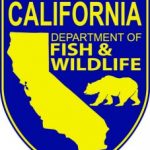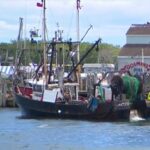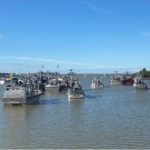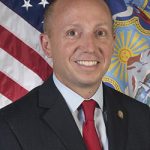Tag Archives: British Columbia
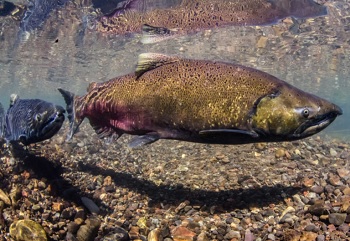
Pacific salmon recovery report gives 32 recommendations to reverse declines
Wild salmon stocks are being affected by a range of impacts throughout their life cycle, which span from freshwater streams and rivers, to coastal ‘foreshore’ areas and deepwater marine environments, per the report. These threats include habitat degradation, impacts of flood control measures, predation, fishing activity, and threats of disease from fish farms. Based on these findings, the committee provided 32 recommendations to reverse salmon declines, which one witness, Richard Beamish, Scientist Emeritus at DFO’s Pacific Biological Station in Nanaimo, calls the “international Pacific salmon emergency.” >click to read< 07:58
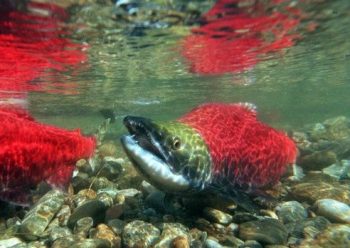
First Nations, commercial, and recreational fishers join forces to save Fraser River fish.
The Lower Fraser Collaborative Table , with membership from 23 First Nations of the Lower Fraser Fisheries Alliance, recreational fishing groups, and commercial reps from the Area E Harvest Commercial, united to help both Fraser salmon runs, as well as non-salmon species. Working together to set up the collaborative table for the past three years, the members say top priorities include: conservation, sustainable access for harvesting, and better communication. Darrel McEachern, a life-long commercial fisherman, said he is “optimistic and enthused” by the creation of LFCT and “honoured” to represent commercial fishermen on the Fraser. >click to read< 17:55
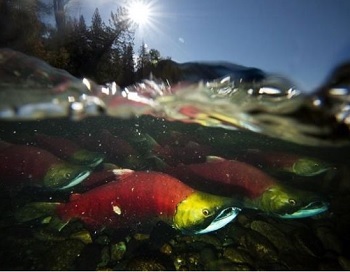
The Pacific Salmon Strategy Initiative – $647M to protect Pacific salmon
Record federal spending to try to save the Pacific salmon population marks the beginning of a new chapter,,, Fisheries Minister Bernadette Jordan and Environment Minister Jonathan Wilkinson outlined the principles that will guide how $647.1 million announced in the last budget will be spent over the next five years. The Pacific salmon population is drastically declining due to a combination of climate, habitat and harvesting pressures, the government said in a news release. “A generation of Canadians have seen salmon populations decline, some up to 90 per cent in their lifetime,”,,, “There is no quick fix and no one single solution to save this species. This will require patience and all hands on deck.” >click to read< 19:33
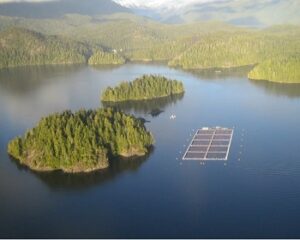
A study suggests farmed fish is the source of a virus spread among wild salmon as they migrate past
Evidence shows a debilitating virus found in British Columbia salmon was transferred from Atlantic fish farms, which then spread from Pacific aquaculture operations into wild fish, says a study published Wednesday. The researchers used genome sequencing to trace the piscine orthoreovirus, or PRV, that they say was first introduced to B.C. waters from Norway about 30 years ago at the start of open-net pen aquaculture in the province. The study, published in the peer-reviewed journal Science Advances, says the evidence now suggests the virus is continuously spread between farmed and wild Pacific salmon as they migrate past the farms. >click to read< 10:25
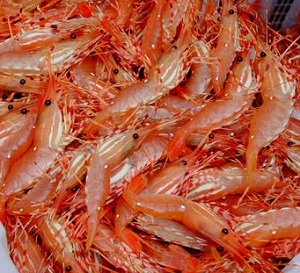
It’s spot prawn season in B.C. – 15 years ago, many locals didn’t even know they existed
British Columbians are wild about spot prawns – now more than ever, thanks to a confluence of pandemic-related factors that have made them easier to buy and enjoy here at home. This year’s season opened on May 14 and day-boat sales are hopping, especially in Steveston, where 10 commercial fishing boats now sell live prawns straight from the dock. Last year, there were four boats,,, In previous years, there were one or two. Across the province, fishermen and retailers are selling directly to consumers,,, “Those dock sales only exist today because Steve Johansen took a leap of faith. If it weren’t for him, >click to read< 08:38
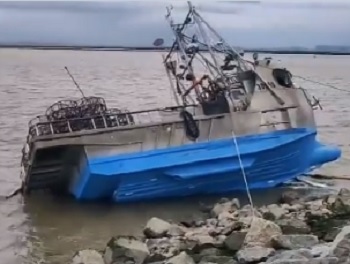
Small fishing boat washes up on rocks at Garry Point Park
A fishing boat was found tipping over near the Steveston Fisherman’s Memorial on May 17. What appears to be a small boat with crab traps on it was found on the rocks at Garry Point Park Thursday afternoon. In a video taken by Twitter user Climate Watcher, the boat can be seen around 4:15 p.m. tilting at a 45-degree angle up against the rocky area near the Steveston Fisherman’s Memorial. >click to read/watch< 11:35
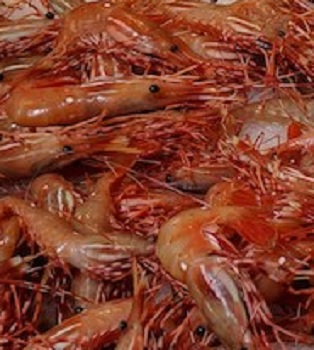
DFO: ‘tubbing’ can continue for the commercial prawn fishery 2021 season
“Our goal is, and always has been, to see our Pacific prawn fishery continue to thrive. Working in partnership with the Pacific Prawn Fishermen’s Association, we have agreed on a process that will allow harvesters to freeze their catch at sea this season, just as they’ve done for years. Size limits remain a critical part of a sustainable prawn fishery, and we will work with industry to develop viable, alternative practices for the long-term. But with the season fast approaching, it’s important that British Columbians understand they can, and should, continue to purchase delicious, frozen Pacific prawns.” >click to read< 07:35
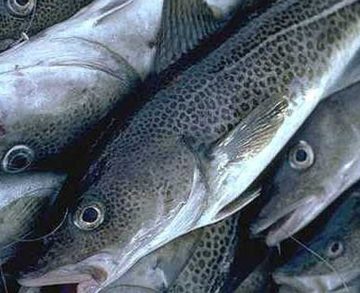
Fishermen should be listened to
It’s a typical story of David versus Goliath,,, That appears to be the case as prawn fishers on the Island take a stand against what looks to me to be an arbitrary and bureaucratic decision by the Department of Fisheries and Oceans Canada to change regulations regarding the harvesting of spot prawns, which now makes the sale of frozen-at-sea spot prawns illegal. Thanks to the efforts of many, has agreed to conduct an emergency review of 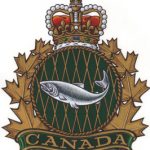 the regulations and, hopefully, common sense will prevail and the new rules will be reversed. Unfortunately, that kind of common sense just didn’t appear to exist in DFO when the northern cod stocks collapsed off Canada’s east coast in the early 1990s. >click to read< 07:25
the regulations and, hopefully, common sense will prevail and the new rules will be reversed. Unfortunately, that kind of common sense just didn’t appear to exist in DFO when the northern cod stocks collapsed off Canada’s east coast in the early 1990s. >click to read< 07:25
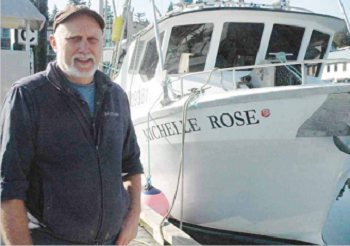
DFO to conduct emergency review of new West Coast prawn fishery regulations
“It’s hard to say if the review will accomplish anything, but I’m happy the issue is being taken seriously,” “So far, due to pressure from the public, the Department of Fisheries and Oceans Canada has said that, as far as they are concerned, defying the new regulations is a contravention of the law, but they won’t enforce the regulations in 2021. But that’s just punting it down the line. Fishers and the communities need this changed and we need a long-term solution to this issue.” DFO’s objection to freezing spot prawns on fishing boats is in reference to a reinterpretation of the regulation requiring all harvested products to be readily available for measurement by enforcement officers on fishing boats. >click to read< 07:55
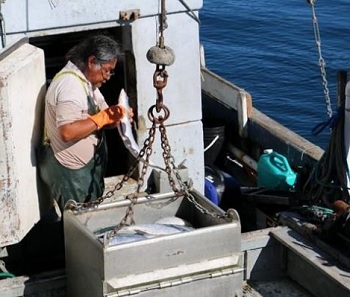
First Nations on Vancouver Island celebrate B.C. Court of Appeal fisheries ruling
Canada must remedy problems in commercial fishery regulations arising from a legal battle that was first launched in 2003 by a group of Vancouver Island First Nations, the British Columbia Court of Appeal has ruled. While there is no demonstrated need to make mandatory orders, they would “remain available if Canada does not act diligently to remedy the problems,” Justice Harvey Groberman wrote in a decision released Monday. >click to read< 09:24
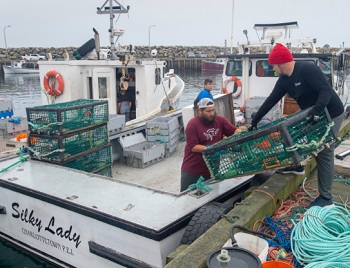
Crab traps seized by DFO during food fishery-Mi’kmaq fisher argues feds becoming more aggressive in seizures
Robert Syliboy and his crew dropped ten traps into the deep waters of the Atlantic Ocean to harvest snow crab for a community feast.,, He said the crab traps were seized before he reached the shore. video, >click to read< Mi’kmaq fisher argues feds becoming more aggressive in seizures of Indigenous gear -“I told fisheries officers I was fishing under the chief and council’s authority, and all the fish was going for food,” Syliboy said. “They disregarded the treaty I was fishing under.” The Indigenous band has cited Supreme Court of Canada rulings, including the Sparrow case in 1990, as affirmations of the Mi’kmaq practice of harvesting fish for ceremonies, food and gatherings. >click to read< 08:42
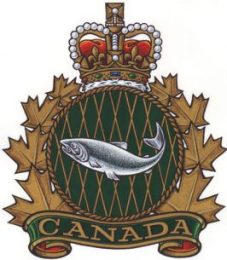
Seafood wholesaler, boat master fined for obstruction
The fines resulted from what DFO describes as “a serious case of obstruction,” which included the co-owner of the wholesaler eating a receipt rather than give it to a DFO officer. A B.C. provincial court judge has found Tenshi Seafood Ltd. and the company’s co-owner, Dishi Liu, guilty of violating the Fishers Act. The company was fined $75,000; Liu was fined $25,000. The judge also handed a $10,000 fine to Thuong Nguyen, master of the commercial fishing vessel Dream Chaser, for obstructing a fisheries officer. >click to read< 17:47
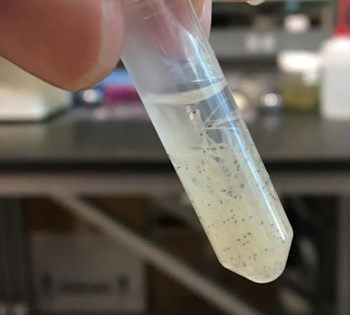
Scientists, First Nations team up in fresh attempt to revive struggling B.C. herring stocks
For decades, the fish were viewed as a virtually inexhaustible resource. They were canned, frozen, used as fertilizer, and even rendered into slippery goo to grease logs being skidded out of the forest. But the once coastal-wide bonanza is fizzling out. This year, most of the waters off B.C. were closed to commercial herring boats, with the only quota being allowed in the Strait of Georgia, along Canada’s southwest coast. The first collapse of the stocks happened in the 1960s, due to overfishing. They were allowed to recover but have had ups and downs in recent decades. The herring fishery in Eastern Canada has also been facing tough times. >click to read< 13:48
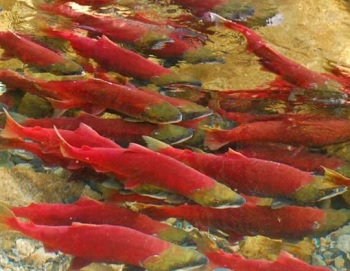
Female Sockeye salmon are dying at higher rates than males
Female adult sockeye from the Fraser River are dying at significantly higher rates than their male counterparts on the journey back to their spawning grounds, “This is causing skewed sex ratios in their spawning grounds, something that has been observed in recent years,” says lead researcher Dr. Scott Hinch, a professor in the faculty of forestry and head of the Pacific Salmon Ecology and Conservation Laboratory at UBC. “The implications on the health of Fraser River stocks are concerning, particularly as Pacific salmon populations in British Columbia have been declining over the past several decades.” >click to read< 15:48
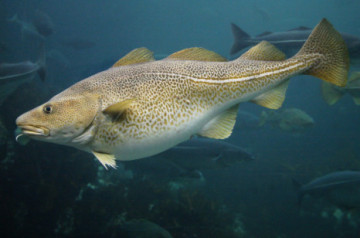
Lessons from cod collapse
By the end of World War II about 320,000 people lived spread out over 1,000 small “outports”, small fishing villages many of which dating back as far as the Napoleonic Wars (*source: Atlasobscura.com). These communities were self-sufficient and lived by fishing the abundant cod and herring fields, and by logging and seal hunting. The beginning of the end came In 1949, when Newfoundland and Labrador voted to join Canada. The studies done by the departments of Welfare and Fisheries proved that this way of life was backwards and that there was much more money to be made by “modernizing” how resources were extracted. Opinion by Huguette Allen >click to read< 21:17

DFO backtracks on rule that harvesters warned would destroy the local spot prawn industry
“The Minister has been informed that for this season, [conservation and protection’s] enforcement posture toward the practice of tubbing will be one of outreach and education,” reads a statement from the office of Minister Bernadette Jordan. James Lawson, a prawn harvester from Heiltsuk First Nation, says the latest announcement is cold comfort to fishermen like him. “They know the solution: just don’t bring [the change] in. Everyone is furious, the consumers, the prawn fishermen, it’s just ridiculous. People want local seafood and we want to supply it.” >click to read< 21:08
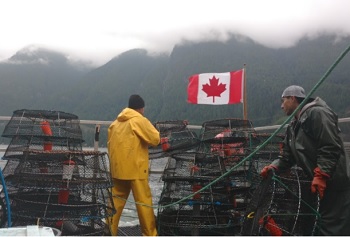
British Columbia: Prawn harvesters furious over DFO ‘tubbing’ ban – “Why are they reinventing the wheel?”
For decades harvesters in remote locations have flash-frozen one-pound tubs of a couple-dozen prawns in native sea water,,, This week Fisheries and Oceans Canada announced the practice of tubbing will be prohibited, as the block of ice prevents DFO inspectors from having ready access to the prawns inside.,, “Prawn harvesters have been using this method to store their catch for more than 50 years. “It would be just horrible for us,” said Prince Rupert prawn harvester Peter Haugen. “Why are they reinventing the wheel?” >click to read< 13:06

B.C. frozen-at-sea spot prawns would be illegal – could be off the market
An interpretation of a new ruling by the DFO, would find the sale of any spot prawns frozen-at-sea illegal. The ruling, as written, indicates the following: “No person who catches and retains a fish under the authority of a license issued for the purpose of commercial fishing shall have the fish in possession if the fish is skinned, cut, packed or otherwise dealt with in such a manner that […] where size limits are applicable, the size of the fish cannot be readily determined.” That means tubs of frozen-at-sea spot prawn tails could be off the market. Members of the industry are asking for public support in challenging the decision, supporting B.C. harvesters, and giving consumers the ability to continue the movement to access Canadian prawns and eat locally. >click to read< 08:49
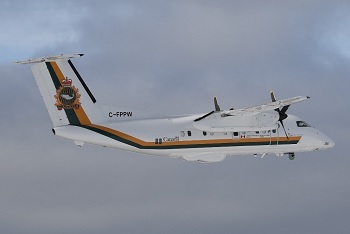
Canada launches new aircraft to improve conservation and ocean protection
Fishery officers require state of the art aerial surveillance equipment to continue the important work they conduct protecting Canada’s marine resources, ensuring compliance with fisheries management measures and enforcing the Fisheries Act from coast to coast to coast. In 2019, Fisheries and Oceans Canada announced a five-year, $128 million contract with PAL Aerospace-located in St. John’s, to deliver a new fleet of four aerial surveillance aircrafts, including two long-range maritime patrol aircrafts. When operational, the planes will fly out of three bases of operation: St. John’s, Newfoundland and Labrador; Halifax, Nova Scotia; and a brand new facility in Campbell River, British Columbia. >click to read< 15:22
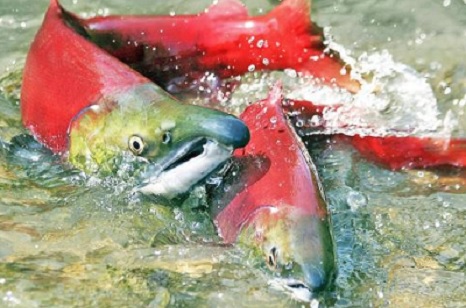
Canada’s sockeye salmon find their way home again after 50 years
For the first time in over 50 years, spawning sockeye salmon will return to Okanagan Lake in British Columbia,,, A fish ladder, left inoperable after the Penticton Dam was built in the 1950s, has been restored by the Okanagan Nation Alliance and Fisheries and Oceans Canada. A crane was used to remove a wooden gate blocking off the narrow concrete passage, opening the way for fish to get through. “To watch that gate go up, and to know that fish can finally return to their historic grounds, was a tearful moment,” she said. McFayden is a member of the Okanagan River Restoration Initiative (ORRI) and the Okanagan Similkameen Conservation Alliance. >click to read< 07:55

At two-day virtual conference, B.C. commercial salmon fishermen discuss cures for an industry on the brink
The United Fishermen And Allied Workers’ Union (UFAWU-Unifor) and active fishermen’s associations convened the conference, Future of BC Commercial Salmon Fishing,,,, The issues are complex and sometimes controversial. Allocation of stocks with recreational and First Nations fisheries, and access to healthy runs are priority issues, but interwoven are challenges with policy and governance that are not meeting the economic-development needs of fishing communities, a licensing regime established in the 1990s that’s consolidated power into the hands of corporations and so-called “armchair fishermen”, and an explosion in pinniped predation rates on juvenile salmon, to name a few. >click to read< 07:49
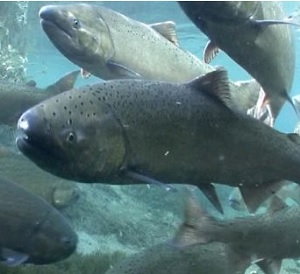
Scientists worry B.C. hatchery fish threatening endangered wild chinook
More chinook salmon populations have landed on the endangered species list in B.C.,, With many salmon runs experiencing the lowest returns on record, there has been mounting public pressure for the federal government to step up hatchery production through the Salmonid Enhancement Program. But conservation groups and scientists are sounding the alarm on the long-term consequences of high-volume hatcheries. >click to read< 09:38

This Year May Decide the Fate of BC’s Wild Salmon – Feds to phase out all Discovery Islands fish farms in 2022
Three decisions may well seal the fate of wild Pacific salmon along the coast of British Columbia this year. The first was the Department of Fisheries and Oceans’ decision to essentially legalize high sea lice infestations on fish farms for periods of time last spring. The second was DFO’s calculated response to the Cohen Commission’s recommendations that fish farming must end by Sept. 30, 2020 in the Discovery Islands unless the federal fisheries minister can show that they cause less than minimal risk to migrating juvenile Fraser River sockeye salmon. Minister Bernadette Jordan said that there was no real risk. The third decision is said to be imminent. >click to read< 19:07
 Feds to phase out all Discovery Islands fish farms in 2022 – The federal government says it will phase out all fish farms in B.C.’s Discovery Islands by June 2022. Fisheries and Oceans Canada says no new fish of any size may be introduced into the region from now until the phase-out date. Existing salmon farms can continue to operate in the island archipelago, located between Vancouver Island and the B.C. mainland, until June 30, 2022. After that date they must be free of fish and closed down. >click to read< , Government of Canada moves to phase out salmon farming licences in Discovery Islands following consultations with First Nations – DFO press release, >click to read<
Feds to phase out all Discovery Islands fish farms in 2022 – The federal government says it will phase out all fish farms in B.C.’s Discovery Islands by June 2022. Fisheries and Oceans Canada says no new fish of any size may be introduced into the region from now until the phase-out date. Existing salmon farms can continue to operate in the island archipelago, located between Vancouver Island and the B.C. mainland, until June 30, 2022. After that date they must be free of fish and closed down. >click to read< , Government of Canada moves to phase out salmon farming licences in Discovery Islands following consultations with First Nations – DFO press release, >click to read<
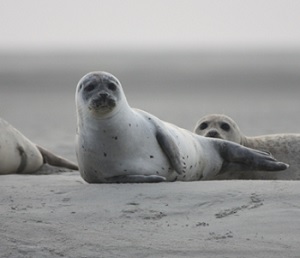
Harbour seals prime suspect in decline of steelhead populations in Thompson watershed
Rob Bison, a fish stock biologist, gave a live-streamed presentation on factors that could be contributing to the steelhead’s decline,,, The fish populations in the two rivers have been declining over the last 30-40 years, but it’s likely not their stream habitats that have led to the decline, he said. The drastic decline in steelhead appears to happen when the fish reach inshore waters and are eaten by harbour seals,,, Bison estimated that by reducing seal populations, steelhead populations could increase by 486%. >click to read< 13:03
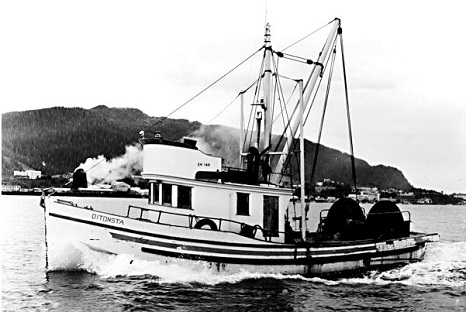
Before Fiberglas – British Columbia & Wahl Boatyard
In the early 1900’s with the pushing through of the Grand Trunk Pacific Railway from Edmonton to Prince Rupert, the Canadian government promoted land grants and settlements up the coast of British Columbia. Many Scandinavians took advantage of the opportunity and moved their families to Canada’s west coast. Fishing and logging were the staples of the economic engine at the time, and boats were needed for both as well as for transportation between coastal communities. Many of these settlers chose to build their own boats. In the early 1920’s, Ed Wahl moved his family from Norway and settled in Port Essington, a small community on the west coast situated due west of Edmonton and south of Prince Rupert, near the mouth of the Skeena River. photos, links, >click to read< 10:38
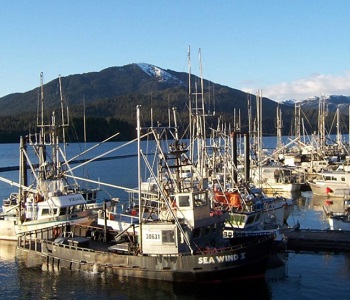
B.C.’s commercial halibut season extended three weeks due to pandemic caused market disruptions
Fisheries and Oceans Canada (DFO) said the closure, normally scheduled for Nov. 15, will now fall on Dec. 7 for the 2020 season. All groundfish hook-and-line harvesters wanting to participate in the extended halibut season will need to have the conditions of their licence amended prior to fishing past the original November closure. Additional sector-specific instructions on how to request the amendment will be forthcoming,, Meanwhile, costs to harvest, process and ship products have escalated as the sector tries to meet COVID-19 safety protocols. >click to read< 20:53
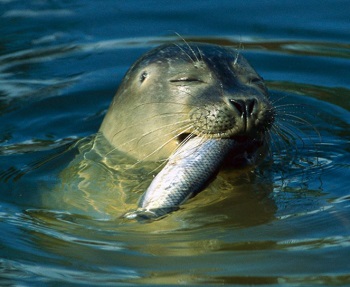
What Would a British Columbia Seal and Sea Lion Cull Actually Entail?
Cast an eye upon Canada’s Pacific coast and it shouldn’t take long to spot its most ubiquitous marine mammal, the harbor seal. At least 100,000 are thought to occupy the coves and nearshore waters along British Columbia’s coast. You may view seals with wonder, as evidence of a productive marine ecosystem on the doorstep of civilization. Or, just as easily, as a ravenous predator gobbling up the same fish populations sought by humans. Enter a divisive proposal to cull the seals and sea lions. Enough time has been spent studying the species’ impact on fish stocks, advocates of the cull say: it’s time to cut them back. >click to read< 11:42
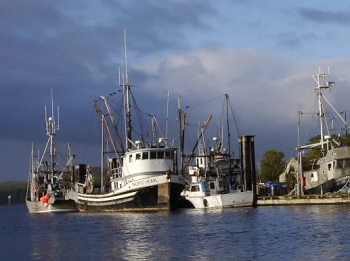
B.C. harvests 196,000 tonnes of fish a year. Most of it is exported and that’s a problem
There are about 4,000 fish harvesters scattered across the province who harvested about 196,000 tonnes of wild seafood in 2018, worth $476 million, everything from salmon to crab to geoducks. Most of that seafood didn’t stay in Canada. The province exports all but about 15 per cent of its annual catch each year and, like most of Canada, imports between 70 and 90 per cent of the seafood British Columbians eat, according to federal data. The licensing policies that give fish harvesters the right to fish the B.C. coast have privatized access to seafood and put them on the open market. >click to read< 07:50






